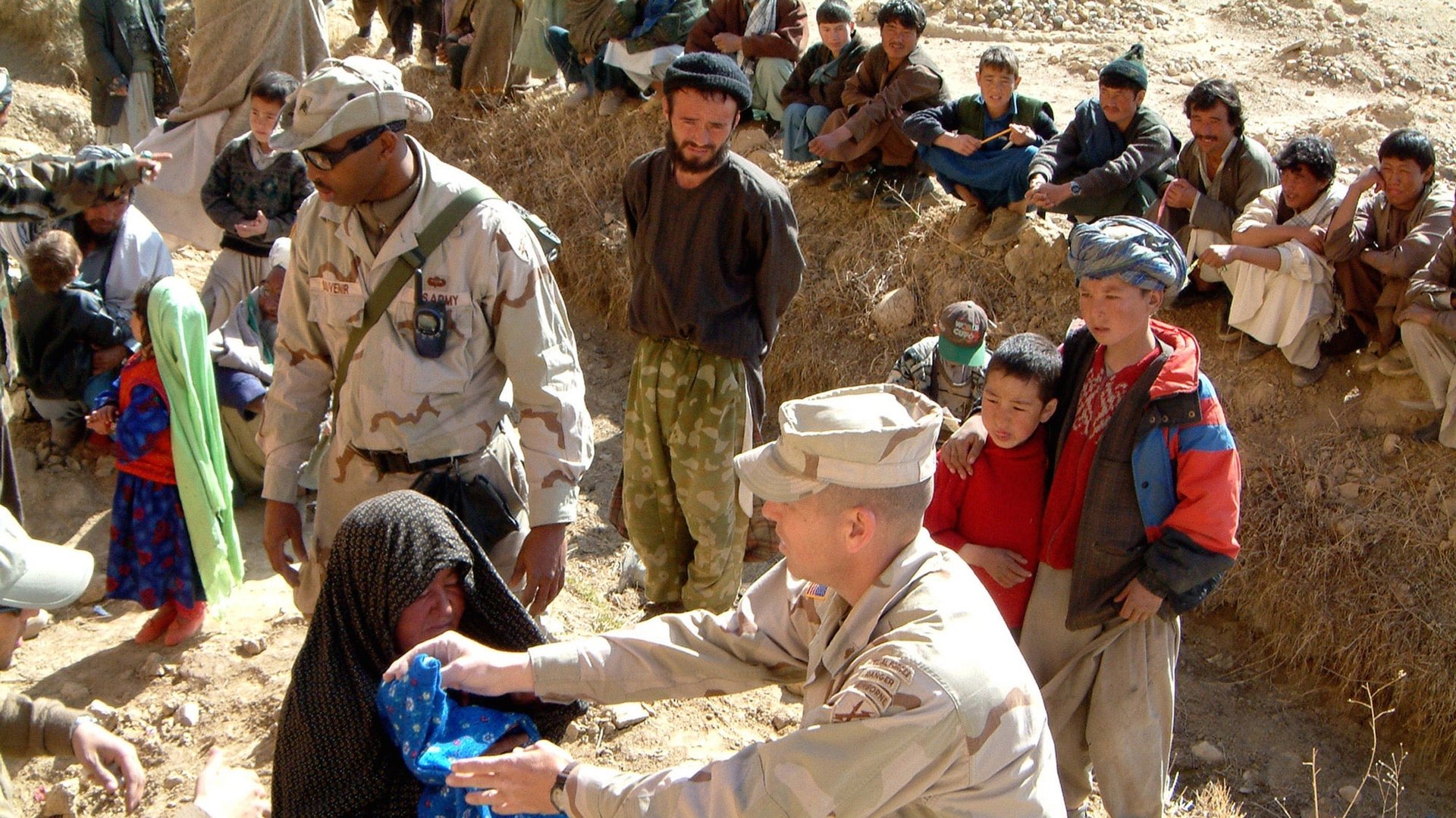War in Afghanistan: The sharp rise and steep fall of US troops over the past decade
US president Donald Trump’s speech on Aug. 21 about his plans in Afghanistan was light on details, but suggested that the US could go into open-ended war in the country in order to achieve an “everlasting peace.” It echoed promises by his predecessors, Barack Obama and George W. Bush, who backed sending tens of thousands of US troops into the country for what many say now was a futile war.


US president Donald Trump’s speech on Aug. 21 about his plans in Afghanistan was light on details, but suggested that the US could go into open-ended war in the country in order to achieve an “everlasting peace.” It echoed promises by his predecessors, Barack Obama and George W. Bush, who backed sending tens of thousands of US troops into the country for what many say now was a futile war.
Under Obama, US troops in the country peaked in 2011 at nearly 100,000, according to Congressional Research Service data. The US currently has fewer than 9,000 troops in the country.
But the US may commit other resources. A “fundamental pillar of our new strategy,” Trump said, “is the integration of all instruments of American power—diplomatic, economic, and military—toward a successful outcome.”
That isn’t a new idea. In 2009, the State Department under Obama laid out (pdf, p. 7) its all-hands-on-deck strategy of counterinsurgency (COIN), which it described as:
the blend of comprehensive civilian and military efforts designed to simultaneously contain insurgency and address its root causes. Unlike conventional warfare, non-military means are often the most effective elements, with military forces playing an enabling role.
Both Trump and Obama also pledged that there would be no “blank check” to Afghanistan. “The days of providing a blank check are over,” Obama said in 2009, promising that aid to Afghanistan would be based on performance. The US went on to ramp up troop numbers by the tens of thousands and spend tens of billions of dollars in aid. (Much of that money was lost or stolen, a 2015 report from the Stockholm International Peace Research Institute says). “Our commitment is not unlimited, and our support is not a blank check,” Trump said last night.
Trump’s sketched-out plan also has echos of former vice president Joe Biden’s proposal, dubbed “counter-terrorism plus,” says Christine Fair, an associate professor at Georgetown University’s Security Studies program, and a South Asia expert. The Obama administration adopted Biden’s proposed reduction in troops and a focus on al-Qaeda and international militants in 2011, after abandoning the long-term counterinsurgency campaign.